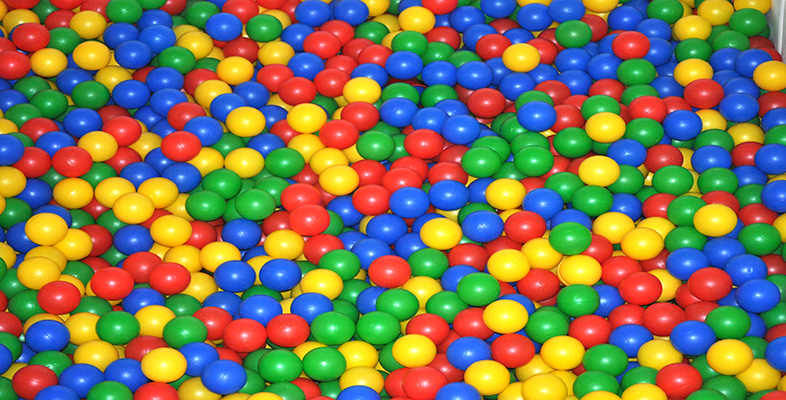6 Design in polymers
6.1 A fresh approach?
Polymeric materials offer substantial benefits over conventional materials in terms of their low density, relative freedom from corrosion, transparency or translucency, and a range of physical properties which cannot be achieved with metals, glasses or ceramics. Such unique properties include low coefficients of friction (e.g. PTFE), resistance to extreme environments (e.g. PTFE, silicones) as well as the ability to absorb and modulate damaging vibrations (e.g. most rubbery polymers). It is these properties which have excited designers because of their potential in manufactured products, despite the generally low short-term moduli of these materials compared to metals.
But an additional bonus is offered by the great and ever-expanding range of routes by which they can be processed into shape and assembled into relatively complex artefacts. A company manufacturing with traditional materials today is often presented with the problem of developing new polymer products. This may arise in several ways:
-
competitor companies develop products which are lighter, or more efficient functionally, or more aesthetically acceptable;
-
the company may decide to redesign its products to fulfil new consumer needs in response to market demand;
-
the company may see possibilities for entirely new products which fit into its existing range, or exploit its existing expertise.
Such pressures require a fresh approach using the newer materials, and more rapid or more flexible production methods. The response will vary according to the breadth of expertise and equipment already present in-house. Thus companies with much moulding machinery should be better placed to exploit new opportunities. If the equipment is rather old, however, they might fail to gain all the benefits that are currently available using entirely new machines. The rate of obsolescence in plastics processing equipment has been very high in the last two decades or so, for a number of reasons, especially the introduction of computer control systems, both in the machine itself and between different machines and the staff. This might give a competitive advantage to companies entering the field for the first time, provided, of course, that they are aware of the pros and cons of the various processes available.
Alternatively, it may be preferable to hire the specialist expertise and equipment needed, by using so-called ‘trade moulders’ for example. This is a very active sector of SMEs, where entrepreneurial skills are applied to generate new business. Sometimes, such enterprise is exceptional in producing new designs and new ways of using existing machines. Such is the story of the Topper boat (Section 6.3).
